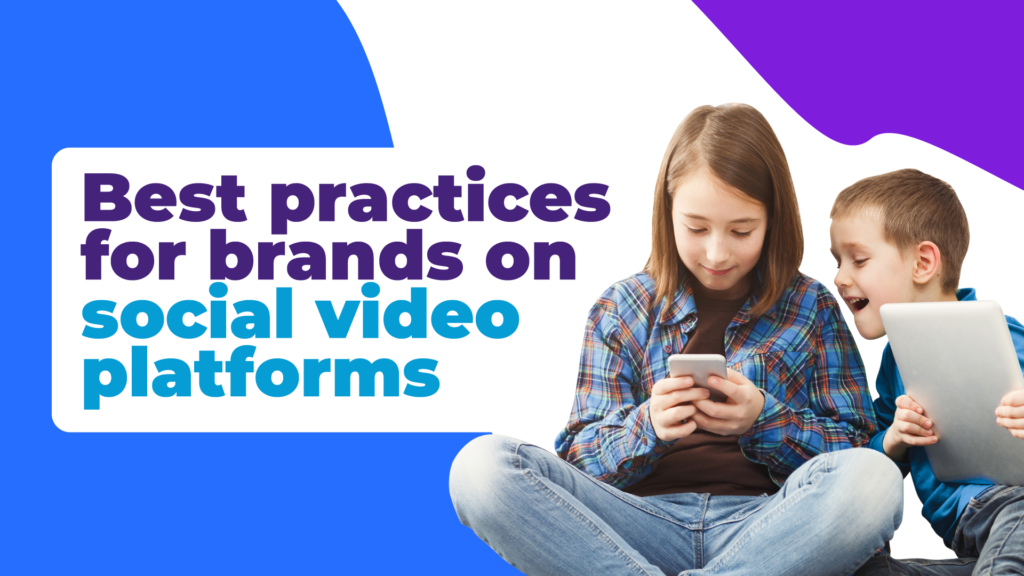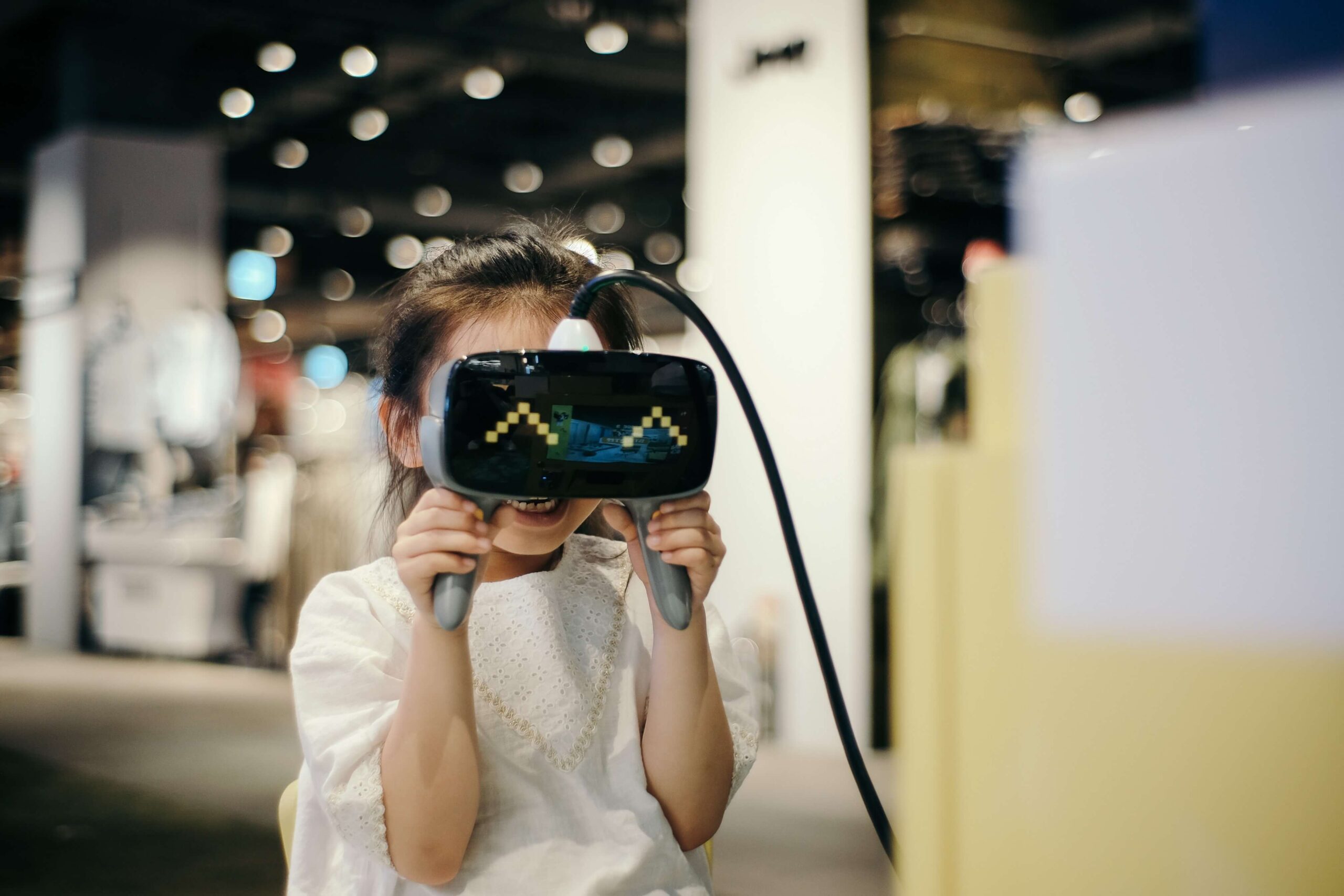
A year has passed since Google and YouTube reached a record settlement with the Federal Trade Commission (FTC) for violating COPPA, the Children’s Online Privacy Protection Act. In Part One of this series, we broke down three core learnings from the 2019 settlement. Part Two will take a deeper look into what has changed on YouTube since last year and best practices for brands. In Part Three, we’ll share tips for content creators to ensure kid and brand safety on YouTube.
What has changed on YouTube since last year’s settlement?
In our last post in this series, we covered the following critical takeaways: kids privacy laws aren’t just for kids-directed platforms, kids’ personal data may not be collected and stored without parental consent, and behavioral (or interest-based) advertising, as well as remarketing/retargeting, is not permitted under COPPA.
With these requirements in mind, YouTube has made several recent changes to its platform:
- All kids-focused channel owners are required to mark their channels and/or videos as ‘made for kids’. YouTube’s algorithm is also automatically labeling some content as such.
- Kids content is treated differently from adult content. This includes the disablement of comments and notifications, as well as other engagement tools such as the ‘save to playlist’ functionality, donate button, clickable end screens, and more.
- Behavioral advertising is not permitted on ‘made for kids’ content. Zero data is collected on ‘made for kids’ content, which is required to power behavioral advertising. However, contextual targeting is still possible and safe on carefully vetted channels.
These changes are essential in keeping kids safe online. However, with privacy laws evolving quickly and becoming more complex, engaging kids compliantly on social video platforms can be challenging. For one, many social video platforms have global reach. Privacy laws around the world have different requirements and the legal age of a child varies depending on location. Furthermore, the definition of ‘kids’ content’ is subjective. So, what can brands do?
Best practices for branded content on social video platforms
The golden rule to ensure brand and kid safety on social video platforms is to treat your channel as you would your website. Remember – if your content is likely to appeal to children, it will be considered ‘kids content’ in the eyes of COPPA and GDPR-K.
Here are a few best practices:
- Moderate kids content carefully: Apply common sense to assure appropriateness; videos that encourage bad behavior or include swearing, nudity, violence, etc. are not safe for kids. However, it’s important to note that context is important. For example, a video showing a child in a hazardous situation to promote safety may be permitted.
- Address kids responsibly: Remind viewers to be safe, refer to parents when appropriate, and discourage the submission of user-generated content. Don’t engage users in the comments section if you believe they could be under 13.
- Avoid behavioral targeting: Turn off interest-based advertising or monetization entirely, and don’t retarget users off your channel. Never embed social video content directly into your own apps or sites.
Best practices for social video advertising
It’s possible to engage kids online in a way that’s responsible and compliant. When reaching under-16 audiences on social video platforms, brands should keep the following guidelines top of mind:
- Don’t use user targeting tools: Under today’s privacy laws, the collection of audience data, including age, location, and online behaviors, is not permitted. User targeting tools require this data to function properly.
- Understand your audience: Leverage insights and trending topics to determine what your audience is most interested in. What are their passion points? These interests can help you create more compelling campaigns and determine which channels and content to buy.
- Consider age and gender: Remember that what’s right for one demographic is not always right for the next – be sure that your content is suited to the age and gender of your audience. Always handle your strategy with the respect required for the youngest audience member; accordingly, family campaigns should be treated like kids campaigns to ensure safety.
- Buy contextually: Don’t simply rely on ‘made for kids’ content, which can be inconsistent and change from day-to-day. Instead, choose content that most closely aligns with the current interests of your target audience. Human curated content backed by credible insights and research is preferable. If you decide to rely on technology without human support, measure and monitor what you’re buying. If you are unsure, ask questions: Who is deciding which content is right for my brand and audience? How are they determining which content to buy?
However, the best way to guarantee your social video campaigns are 100% compliant and effective is by working with a trusted kidtech specialist. An expert partner can help you avoid wasting budget on irrelevant content, as well as running the risk of breaking digital privacy laws.
Seems overwhelming? It doesn’t have to be. To learn more about how to advertise to kids in a safe and compliant way, enroll in our KidAware training program today. KidAware empowers you and your teams to navigate the continuously developing compliance needs of the digital kids media ecosystem.
The final post in this series, designed specifically for kids and family content creators, is coming soon.




